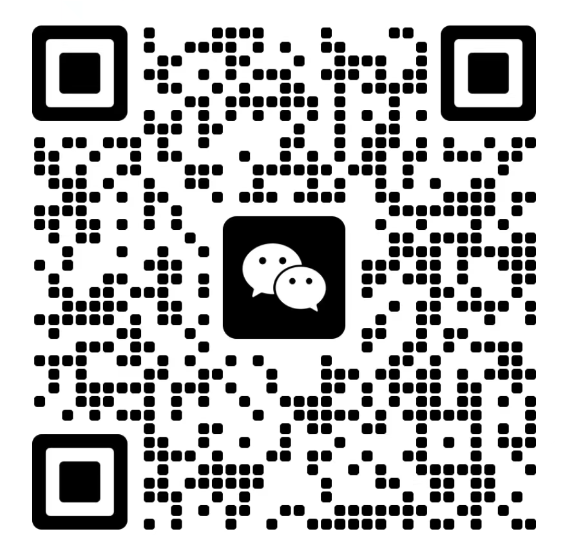翻译质量对信息准确传递至关重要,当前翻译质量参差不齐,存在语义偏差、表达生硬等问题,为提升质量,需构建科学评价体系,涵盖准确性、流畅性、专业性等多维度指标,通过人工与机器结合的方式评估,采取优化策略,如提升译者语言与专业知识、利用翻译辅助工具、加强译后审核等,以改进翻译质量,确保外文论文摘要准确、清晰传达原文信息。
Evaluation and Optimization of Translation Quality for Abstracts of Foreign Language Papers
I. Introduction
In the era of globalization, academic exchanges across different countries and regions have become increasingly frequent. Foreign language papers, as an important carrier of international academic communication, play a crucial role in disseminating cutting-edge research findings. The abstract, as a concise summary of the entire paper, is often the first part that readers, especially those from different linguistic backgrounds, encounter. Therefore, the quality of abstract translation directly affects the dissemination and reception of academic research. This paper aims to establish a comprehensive evaluation system for the translation quality of foreign language paper abstracts and propose corresponding optimization strategies to improve the accuracy, readability, and academic value of the translated abstracts.
II. Evaluation Indicators of Translation Quality for Foreign Language Paper Abstracts
Accuracy
- Lexical Accuracy: The translated terms should precisely match the original meanings in the source language. For example, in medical papers, specialized medical terms like "myocardial infarction" should be translated accurately as "心肌梗死" in Chinese, without any ambiguity or misinterpretation.
- Grammatical Accuracy: The translated abstract should conform to the grammatical rules of the target language. In English-to-Chinese translation, for instance, the word order and sentence structure should be adjusted appropriately to ensure natural and correct Chinese expressions.
- Semantic Accuracy: The overall meaning of the original abstract should be faithfully conveyed in the translation. It requires a deep understanding of the context and the author's intentions to avoid distorting the original message.
Readability
- Fluency: The translated text should read smoothly without any awkward or unnatural expressions. Sentences should be well-connected, and the flow of ideas should be logical and coherent.
- Simplicity: Abstracts are usually concise, and the translation should also maintain this characteristic. Avoid using overly complex or verbose expressions. Instead, opt for simple and clear language to convey the key information effectively.
- Cultural Adaptability: Consider the cultural differences between the source and target languages. Some expressions or concepts in the source language may not have direct equivalents in the target language, so appropriate cultural adaptations are necessary to ensure the readability for the target audience.
Academic Value
- Compliance with Academic Norms: The translated abstract should follow the academic writing norms and styles of the target language. This includes using appropriate academic vocabulary, citation formats, and discourse structures.
- Highlighting Key Points: The translation should effectively highlight the research objectives, methods, results, and conclusions of the original paper, enabling readers to quickly grasp the core content of the research.
- Reflecting Academic Originality: The translated abstract should accurately reflect the innovative aspects and contributions of the original research, which is crucial for attracting the attention of other scholars in the field.
III. Evaluation Methods for Translation Quality
Human Evaluation
- Expert Evaluation: Invite experts in the relevant academic fields who are proficient in both the source and target languages to evaluate the translation quality. They can provide in-depth and professional feedback based on their academic knowledge and language expertise.
- Peer Review: Organize peer reviewers to assess the translation. Peer reviewers can offer different perspectives and identify potential problems from the standpoint of fellow researchers.
Machine-assisted Evaluation
- Translation Quality Assessment Tools: Utilize specialized translation quality assessment software to analyze the translation. These tools can evaluate various aspects such as lexical similarity, grammatical errors, and sentence structure, providing quantitative data for reference.
- Natural Language Processing Techniques: Apply natural language processing algorithms to assess the semantic coherence and readability of the translation. For example, by analyzing the syntactic complexity and lexical diversity, the overall quality of the translated abstract can be evaluated.
IV. Optimization Strategies for Translation Quality
Pre-translation Preparation
- Source Text Analysis: Thoroughly analyze the original abstract, including its academic background, research purpose, and key information. This helps the translator have a clear understanding of the content and requirements before starting the translation.
- Terminology Management: Establish a specialized terminology database for the relevant academic field. Standardize the translation of key terms to ensure consistency throughout the abstract.
Translation Process Optimization
- Multiple Translations and Comparisons: Have different translators produce multiple versions of the translation. Then, compare and analyze these versions to select the most appropriate one or combine the strengths of each version.
- Real-time Feedback and Revision: During the translation process, seek feedback from experts or peers in a timely manner. Make necessary revisions based on the feedback to improve the translation quality continuously.
Post-translation Review and Improvement
- Proofreading and Editing: Conduct thorough proofreading and editing of the translated abstract. Check for spelling errors, grammatical mistakes, and inconsistencies in style and terminology.
- Academic Review: Submit the translated abstract to academic experts for review. They can evaluate whether the translation accurately reflects the academic content and value of the original paper and provide suggestions for further improvement.
V. Conclusion
The translation quality of foreign language paper abstracts is of great significance for international academic communication. By establishing a comprehensive evaluation system and implementing effective optimization strategies, we can improve the accuracy, readability, and academic value of the translated abstracts. This will not only facilitate the dissemination of academic research but also promote academic exchanges and cooperation on a global scale. Future research can further explore the application of advanced technologies, such as artificial intelligence, in abstract translation quality evaluation and optimization to achieve more efficient and high-quality translation results.



 微信扫一扫打赏
微信扫一扫打赏 支付宝扫一扫打赏
支付宝扫一扫打赏

